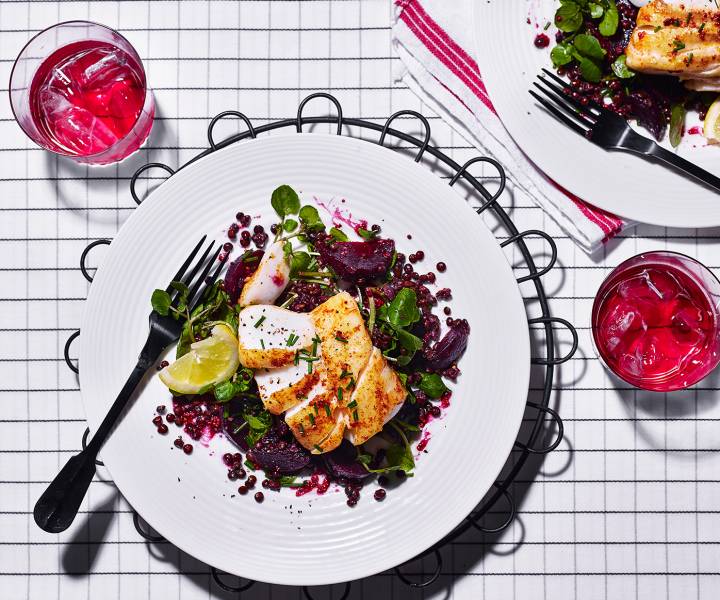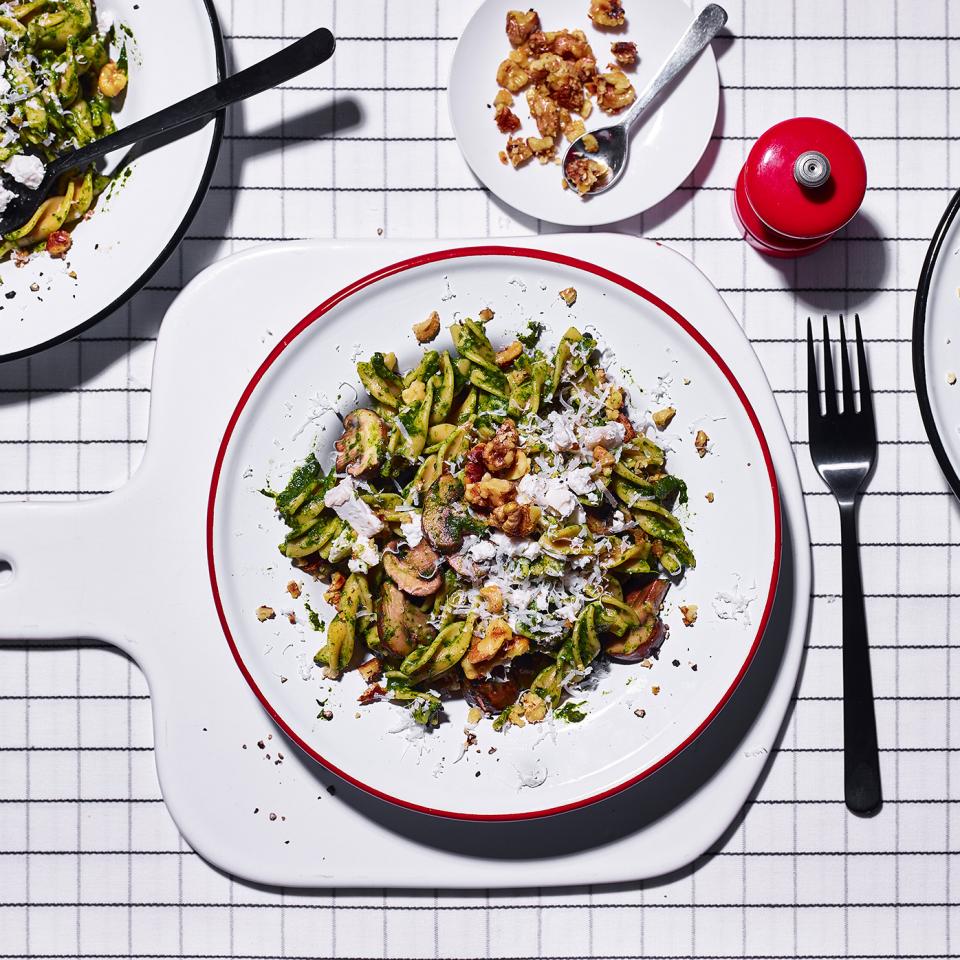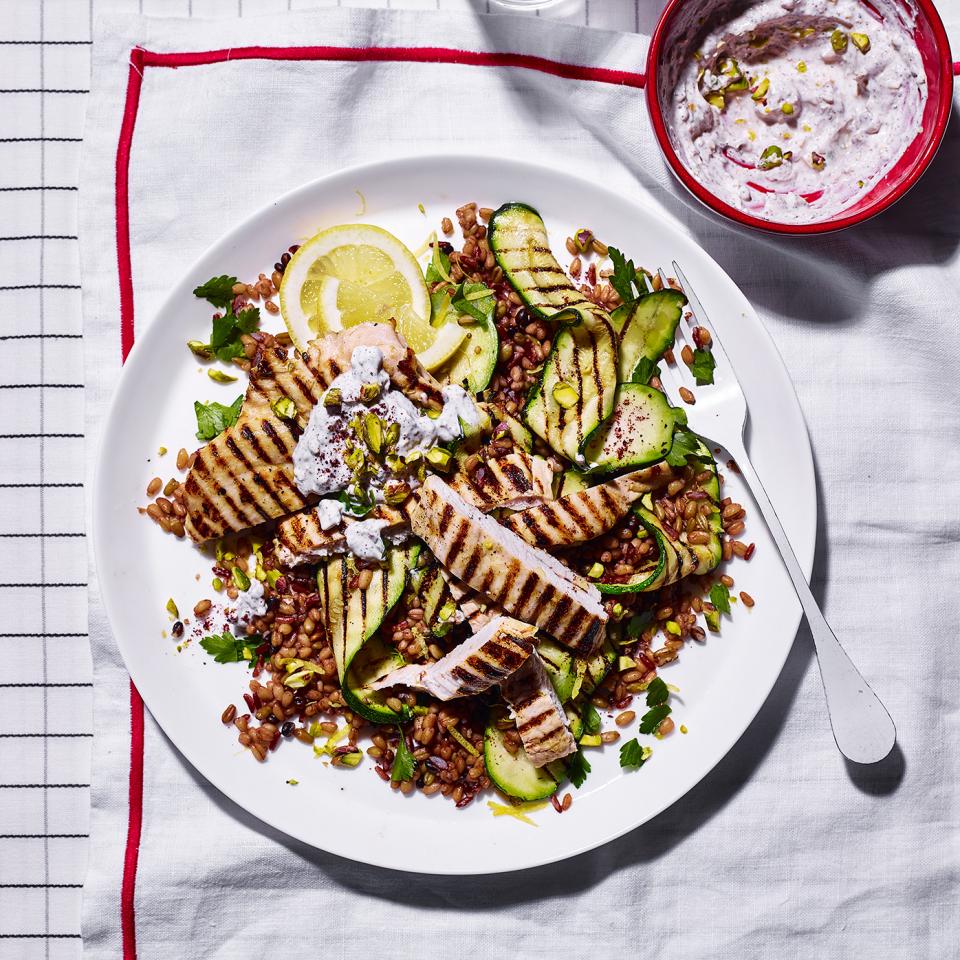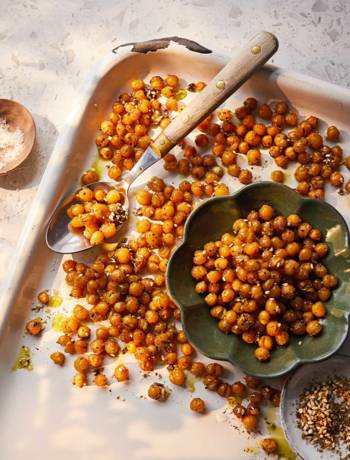Health
Eat to beat high blood pressure
by Hannah Ebelthite

What we eat can have a dramatic impact on our heart health. Hannah Ebelthite explores how to keep hypertension at bay – and turn the page for our balanced recipes to help...
When was the last time you had your blood pressure checked? More than one in four adults in the UK have high blood pressure (or hypertension). And while the condition rarely has noticeable symptoms, the impact on health can be grave. ‘High blood pressure not only puts too much strain on your blood vessels and heart, but other organs such as our kidneys, brain and eyes,’ explains Professor Graham MacGregor, chair of Blood Pressure UK. ‘The risk of heart disease, heart failure, peripheral arterial disease, aortic aneurysm, kidney disease and vascular dementia all increases as blood pressure rises.’
While doctors don’t always understand why someone develops high blood pressure, they do know that certain factors make it more likely. ‘These factors include being over 65, having a relative with high blood pressure or being of African or Caribbean descent,’ says Professor MacGregor. ‘In about one in 20 cases, there’s an underlying health issue.’ And while there are certain factors that you can’t change, there is one huge component that you do have control over – your lifestyle.
‘You could say that high blood pressure is a consequence of a modern-day, Western lifestyle,’ Professor MacGregor explains. ‘Scientists have established firm links between high blood pressure and being overweight, eating too much salt and not enough fruit and vegetables, too much alcohol, smoking, not getting enough exercise and insufficient or disturbed sleep.’ Easy action points? We think so!
LET’S TALK DIET
Changing what you eat – for instance reducing salt and upping your quota of fruits and vegetables – can have a potent impact on hypertension. But why? It’s all about your mineral balance, say experts at the British Heart Foundation (BHF). ‘There is a definite link between a high salt intake and raised blood pressure,’ says Victoria Taylor, senior dietitian at the BHF. Salt raises the level of sodium in your bloodstream and upsets the delicate balance of potassium and sodium that controls the water levels in your body. Your kidneys are less able to remove excess water and so your body retains it, increasing your blood pressure.
‘Our guidelines suggest a maximum daily intake of 6g salt a day, equivalent to just one teaspoon. Yet the UK average intake of salt is 8g per day, which is a big difference.’ But lowering your salt intake is just one piece of the dietary puzzle. Eating plenty of plant foods, plus low-fat dairy, means an increase in other minerals that are helpful in controlling blood pressure, such as potassium, magnesium and calcium, according to dietitian Helen Bond. And following a diet that has a focus on wholefoods – fruit and vegetables,

wholegrains, low-fat dairy, lean meat and fish, unsaturated fats and oils, plus nuts, seeds and legumes – will help hypertension. Recent research has also isolated some key beneficial foods. Beetroot is particularly rich in nitrates and other blood pressure-reducing nutrients including potassium, magnesium and calcium. Nuts are also good; in fact, walnuts and pistachios have specifically been linked to drops in blood pressure. Probiotics found in yogurt and fermented foods act like ACE-inhibitors, a medication prescribed to keep hypertension in check. Research has shown that a cup of berries a day can reduce your risk of developing high blood pressure in the first place. ‘Research has isolated some key beneficial foods rich in blood pressure-reducing nutrients’
THE DASH PLAN
For those who like a specific plan to follow, the DASH eating plan – or Dietary Approaches to Stop Hypertension – has an impressive evidence base. It was devised by the US National Heart, Lung and Blood Institute (NHLBI) in the late 1990s and is often described as the gold standard for treating high blood pressure. Studies of the plan show that changes can be seen in as little as two weeks.
The DASH plan is low in saturated fat, cholesterol and total fat. It emphasises fruit and vegetables, low-fat dairy, wholegrains, fish, poultry and nuts. And it limits red meat, sugary food and drink and added sugars. It’s consistently voted the healthiest diet in the United States by experts, and last year a study from Harvard University found that not only was the DASH diet the best cure for high blood pressure, it also triggered weightloss and improved mental health. More information can be found at dashdiet.org, or read The DASH Diet Weight Loss Solution (Grand Central Publishing, £20).

FEEL THE BENEFITS
‘It’s been proven that making positive and long- lasting changes to your lifestyle can lower your blood pressure’ says Professor MacGregor. ‘In some cases, just as much as by taking medication.’ But it pays to take preventative action. ‘Once you have been diagnosed with hypertension and are on medication, it is harder to to get it to lower,’ he explains. ‘And if you come off your medicines, your blood pressure and therefore your risk, will continue to rise as before. So, the best course of action is to try and avoid getting high blood pressure in the first place by making these lifestyle changes today.
Now try our recipes:
Cod loin with beetroot and lentil salad
Fusilli with spinach, mushrooms and goats’ cheese
Griddled chicken and courgettes with pistachio yogurt dressing












